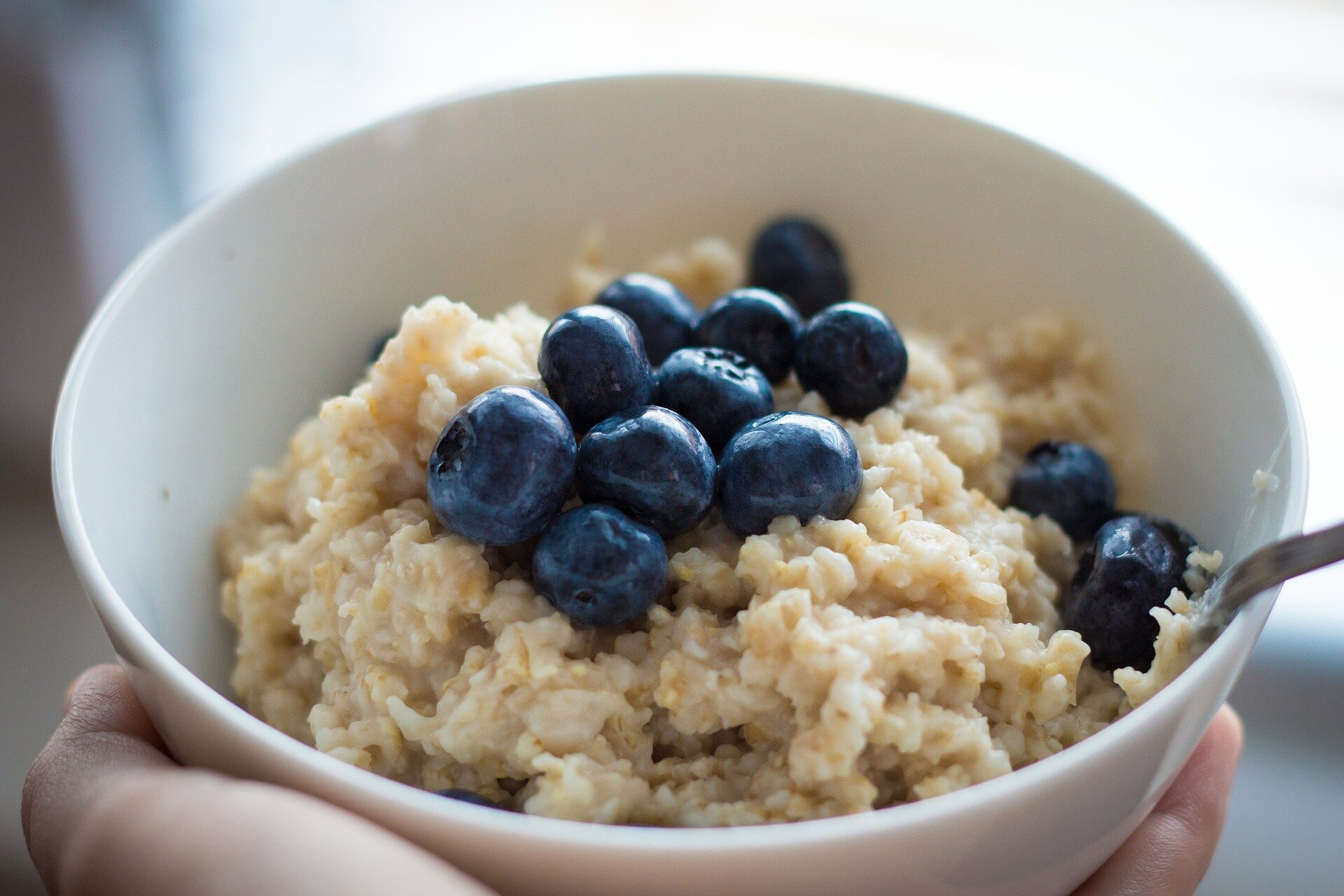I am sure the majority of distance runners have read a ton of articles about how important recovery is when trying to improve performance. Well, unfortunately many runners learn the hard way when they get injured about how sticking to a recovery routine is absolutely necessary if you want to keep running for a LONG time. I usually say my routine is pretty basic, but in reality, it is actually NOT basic at all. I find myself adding in so many components whenever I do my own research, follow someone who is including some random tactic I have never thought of, or simply when I find myself more tired than usual and realize I need to take a step back. Here are my go-to components I include on a regular basis to keep me injury free and ready for my next workout.
· Diet: For recovery, the focus is usually on that very important post-workout meal; and while that is definitely essential, I believe your diet in general plays a significant role. I got into macro counting a while back and found it to be the best way to eat as an athlete, since it focused on the right mix of carbs, protein, and fats. It was a bit too time-consuming for me, so I no longer count my macros every day, but I do make sure I eat all three (carbs, protein, and fat) in EVERY MEAL. From the protein bars I buy to my restaurant choices, I am conscious about including each macro. This is how I stay satisfied all day! Each of these nutrients play different roles in recovery (more on this in another post), so making sure to be properly fueled with each is vital!
· Sleep & regular “down-time”: While I am definitely not the best sleeper (I am lucky if I can ever reach 7 hours of sleep any night), I do my best to avoid any stressors at night and get to bed early. I also incorporate “down-time” during most of my days where my legs can rest. Getting enough sleep is more important for those of you who have physical jobs that require you to be on your feet all day. Thankfully I work from home for the most part and get enough time to relax…BUT too much of this is not good either! There are days I end up sitting, working on the computer for hours without standing and it actually makes my next day’s run much harder than if I were on my feet all day!
· Compression: Ever since I won my Normatec Recovery System on a social media giveaway, I have been a true fan! I did some research on the benefits of compression for recovery and learned how valuable this can be for athletes. The outcomes are different for everyone I assume, but since using my boots most days of the week, my legs feel much looser in general, I never get my plantar fasciitis pain (and this was a big issue for me!), and my evening runs are much more tolerable.
· Supplements: Although there is no scientific proof that many supplements out there actually work, I have a handful of products I believe have helped me recover faster and feel healthier overall. I take glutamine after every run. This amino acid is usually decreased in the body after any physical or emotional stress (think high intensity workouts, illness, etc.), and plays a role in immune function. Many endurance athletes are more susceptible to catching a cold, and I do not want to deal with one (who has time for that?!), so I do what I can to keep my immune system strong. I also add beetroot powder to my smoothies most days, since it is known to help with stamina and endurance, but it also has loads of antioxidants and other vitamins and minerals that are healthy for the body. Cherry juice has also been a staple in my diet—either in my smoothies or alone at some point during the day. Tart cherries have anti-inflammatory properties, which help reduce soreness and other pain. They are also a natural source of melatonin, which aids in improved sleep quality.
These habits took a while for me to stay consistent with (I am still working on the sleep one!). Besides these components, I also get a massage every few weeks and stretch every day. I have spent a good amount of time on researching about recovery for myself and my clients, so I’ve incorporated more into my routine over the years. My best advice for my athletes is to always listen to your body. Running and training for distance races should not make you exhausted. If it does, then you are definitely missing a component to your recovery routine. Take a step back, switch out running for another easy cross-training activity, and get some rest. It is always best to take a few days off than to deal with an injury.




















